Following her urge to create realistic portraits, Stacey Chapman creates images of people and animals using freehand machine embroidery and collage.
Along with a running theme of portraits and fashion, she likes to collect and include found scraps of materials, each of which hold their own piece of history.
After gaining a degree in Illustration Stacey Chapman worked as an interior designer for events and corporate launches. She left this job following illness and began experimenting with freehand machine embroidery after seeing Kirstie Allsop’s Handmade Britain programme on the television.
Stacey realised she could combine this technique with her passion for portrait drawing to produce detailed thread paintings. She started by producing commissioned pet portraits and has evolved her techniques and inspirations from there.
Stacey has exhibited at Crufts, Countryfile Live and Kirstie Allsopp’s Handmade Fair. She has recently featured in Waitrose Weekend, Stitch, Quilt Now, Love Sewing, Coast, Reloved and Mollie Makes. As well as selling her own range of machine embroidery kits, she teaches in workshops across the UK.
In this interview, we discover in depth how Stacey makes her realistic portraits. She shares how she recycles found fabrics into her work, to explore the themes of consumerism and waste in our environment.
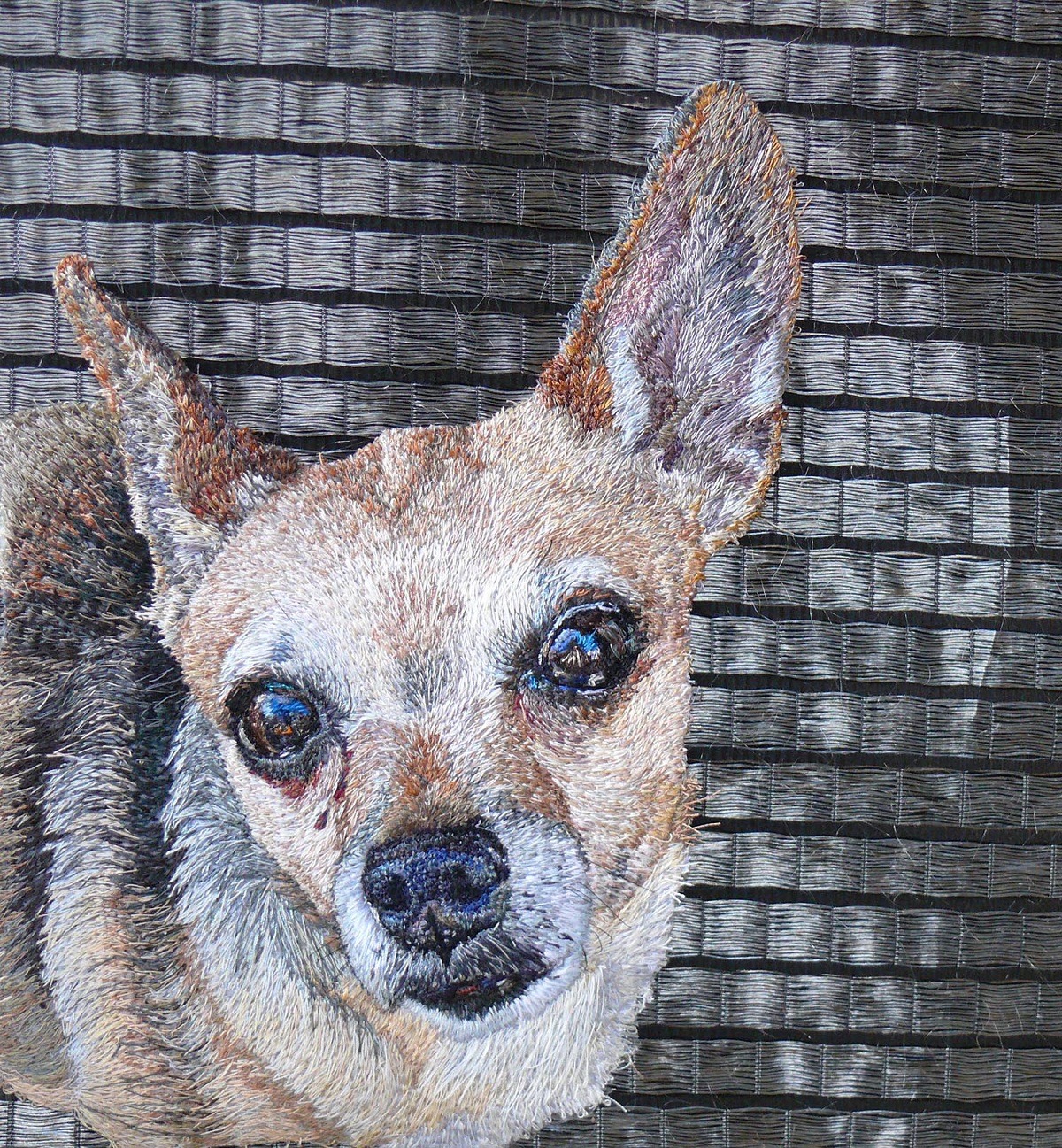
Fabric collecting and a love of drawing portraits combined
TextileArtict.org: What initially attracted you to textiles as a medium? How was your imagination captured?
Stacey Chapman: Throughout my childhood, I was surrounded by fabric. I loved to dance and perform and my parents made my costumes. I started collecting fabric from a young age. I have always loved vintage cloth, used things, objects, books and textured objects. I am intrigued by the stories behind each item’s previous life and its owner.
Things I collect may be scarred and bruised through neglect or overuse. They may never have been unwrapped or used; preserved for a rainy day. I find this hidden former life so fascinating, almost as much as the visual patina of used fabrics or objects themselves.
I have always been attracted to the tactile nature of things, fabric in particular. After visually assessing a potential material, as soon as my fingers brush against the surface, I know instantly if it is right for my work.
When I saw Kirstie Allsopp learn freehand machine embroidery on her show with Lou Gardiner I had a lightbulb moment – they were using sewing machines to draw! I felt such deep joy! I parked this revelation somewhere safe inside my head for later use. A couple of years later I wanted to make my Mum a Christmas gift. She had recently adopted a rescue dog so I decided to use freehand machine embroidery to create a portrait of her dog.
That was just over five years ago, and that act of gift-giving literally changed my life. Sewing fully entered into my daily existence and I cannot imagine a day without it. It has the same effect on me as drawing. It soothes my soul.
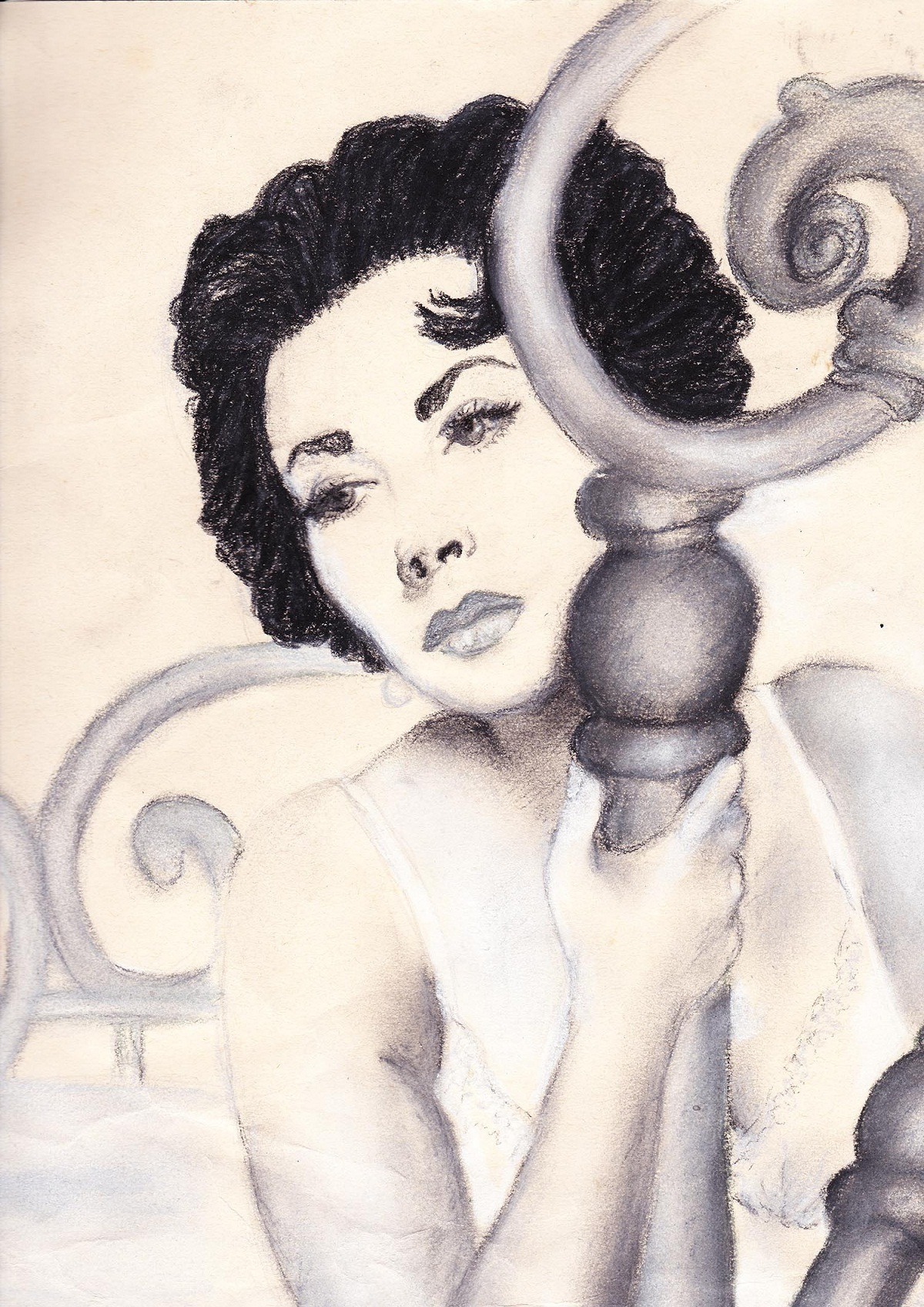
What or who were your early influences and how has your life/upbringing influenced your work?
I grew up around a lot of kitsch objects at home. I had a graphic designer cousin and another who was an illustrator. Otherwise, art, fashion and fabric weren’t on the family radar, though I definitely had an aspiration to dress in beautiful clothes!
I vividly remember my first trip to the National Gallery to see world famous art. I went with my friend and her mum. I stood in front of the work of John Singer-Sargent, Degas and the Pre-Raphaelites. I fell in love with the romance, the realism, the translucency of the skin. I was taken with the layering and blending of the colours, the staggering beauty and most of all, the feeling of losing myself. I felt a real sense of tranquillity when studying the work, almost as if I had ascended into another world.
A door had opened for me, inviting me to dream of producing artwork that people would want to see and perhaps buy. It was very powerful.
Throughout my childhood, if I wasn’t dancing I was lying on the floor with a stack of plain paper and a pencil, scouring through catalogues or old books in order to find pictures of ladies in beautiful dresses that I could draw. My love of dancing embedded a fondness for old-style Hollywood glamour and historical costumes.
I have always been passionate about creating a portrait that resembles and capture the true essence of the subject. My other obsession is how fabric drapes and recreating it accurately in an artwork.
At the age of five, my Sleeping Beauty poster design was chosen for our local annual pantomime. The image showed my combination of interests at such a young age – a portrait with a stunning, heavily draped, historical dress with old-style glamour.
I am still exploring all of these themes today!
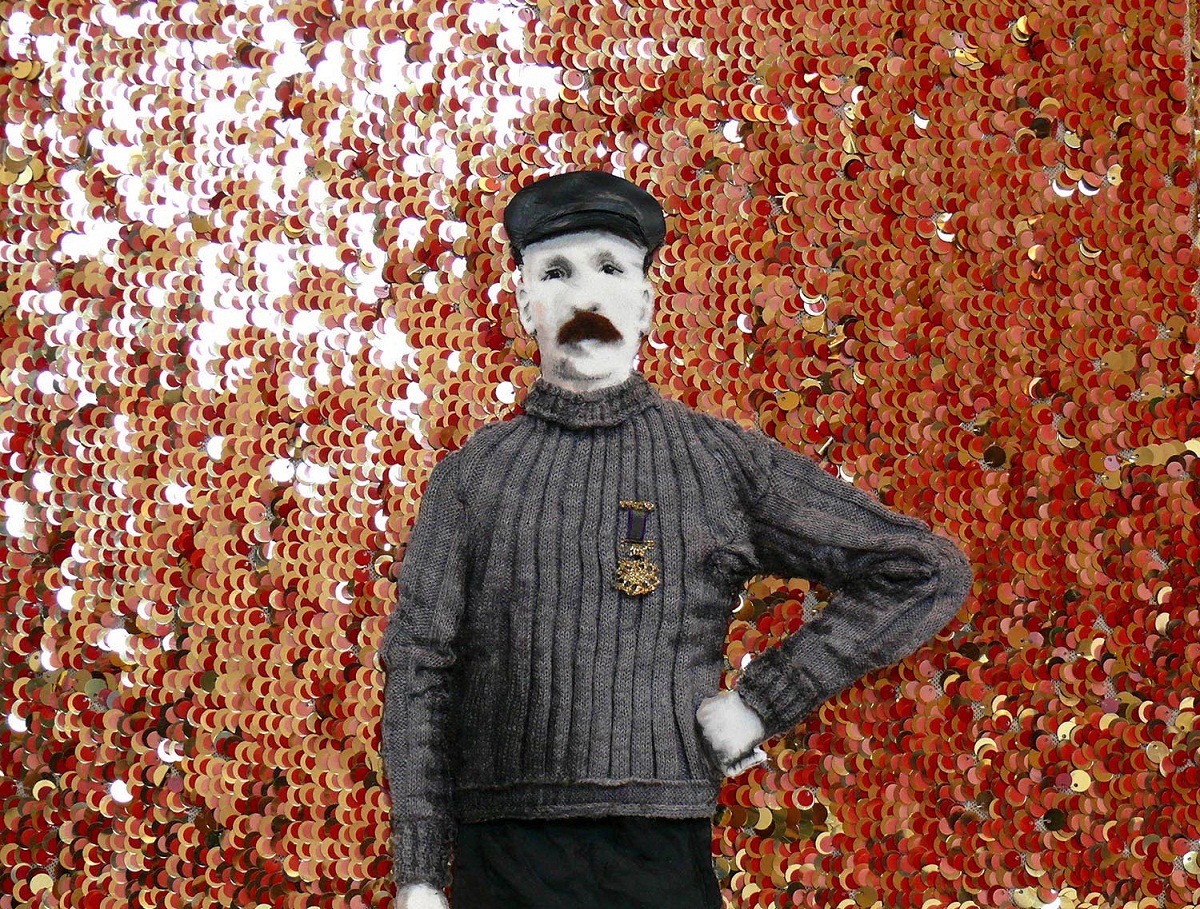
What was your route to becoming an artist?
At college, I choose to study four specialisms of Art A-Level (Textiles, Graphic Design, 3D Design and Fine Art). Ironically, I dropped Textiles in the final year.
Next, I completed a BTEC Foundation and an Illustration Degree at Westminster University.
After University, I fell into the often-frequented hole experienced by artists forced to leaving the creative bubble of free study and face the real world. I took a ‘proper job’ as a PA and then went to work at the launch of the flagship Gap Store in Oxford Street as a visual merchandiser.
Then I landed the job of my dreams. I previously had no idea it existed but came across the opportunity by moving into the street where the company was based. I called them and found out they were looking for an account manager. I went onto design interiors for corporate launches and high-end parties in the best venues in the UK.
Sadly I had to leave due to illness, but this gave me the opportunity to start my own business, Art Sea Craft Sea. It is only at this stage I started feeling comfortable in calling myself an artist.
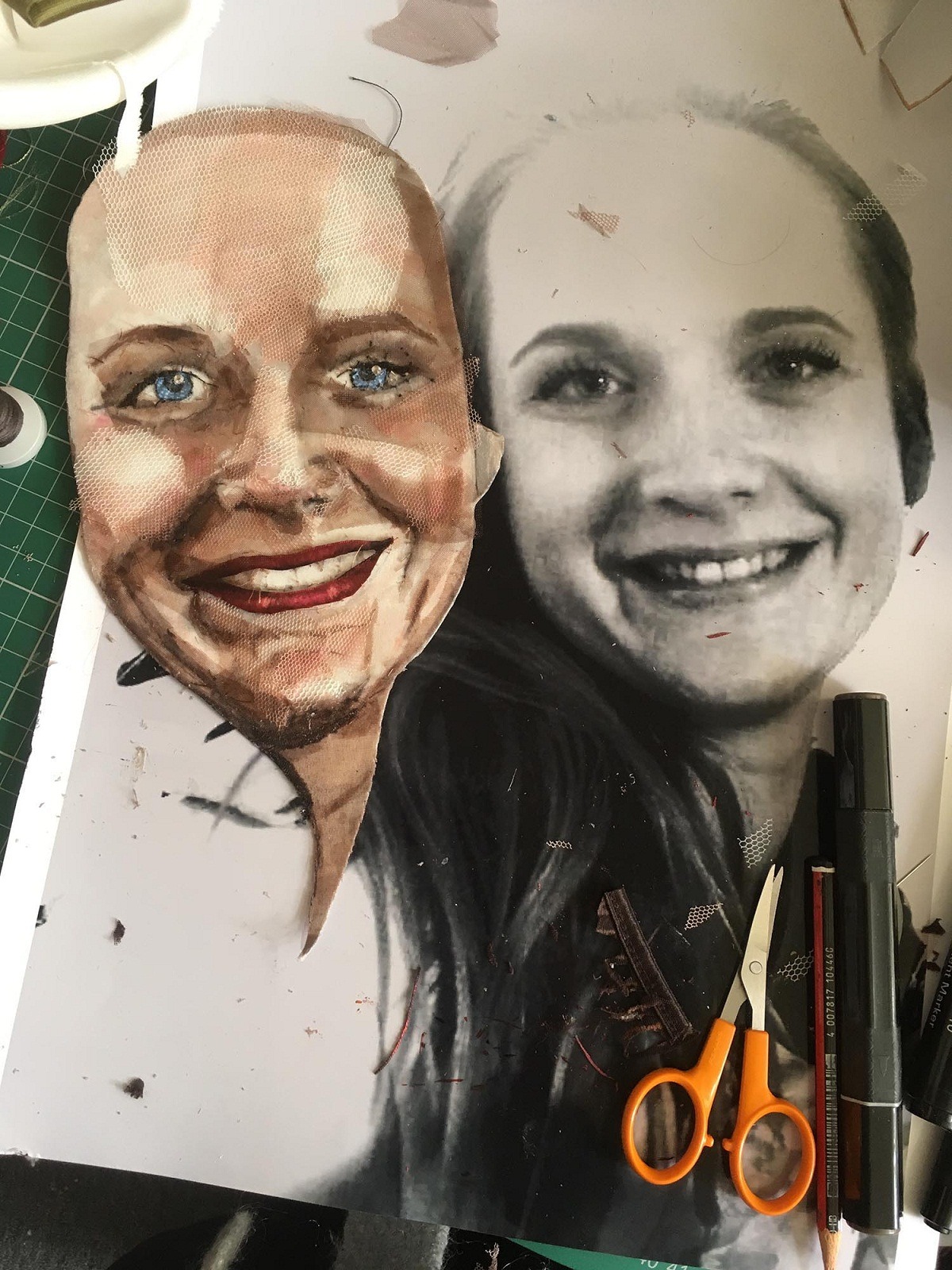
Accurate portraits using fabric and free machine embroidery
Tell us about your process from conception to creation
My work always starts with my reference image. I study the photograph and think about how to best recreate this image. I consider the texture, the colour, the shine, colour saturation, shadows. This process applies to all of my work whatever techniques I use.
I then choose a place to start my making.
If it is a freehand machine embroidery piece, I will start in the most discrete place. I ease myself into the process and get to know the textures, stitch length and flow of the subject, particularly if it is the stitched fur of an animal.
I work in a highly intensive way, concentrating on a tiny square area using many different colours, tones, effects and vintages of thread. I layer, shade and build as I go, before moving on to the next area. I repeat this until I have completed the base layer of the portrait. At this stage, I un-hoop the fabric and stand back to assess the piece. It makes me incredibly excited and nervous when I see the picture as a whole for the first time.
There is always tweaking to be done and this can take up to two weeks of tinkering, adjusting the light/dark areas, the shape/size of the features and finishing off any edges.
For my vintage-inspired fashion illustration collages, the choice of the vintage fabric for the background is critical. Selecting the scale of the repeat pattern is important, as I do not want to waste any of the precious cloth.
I select each element, for example, skin, hair or clothing fabric, to represent the reference photo while complimenting the background. I draw out the image, invent, and then cut out pattern pieces for each section.
Then I sew the layers into place. Previously I used to glue the layers, but now I don’t as I worry about the long-term effects of this on the artwork. I draw facial details on the fabric depicting the skin using marker pens, biro and fine liners.
Then I add finishing touches with chalk pastels, appliqué and embroidered details. I always ensure there are 3D finishing touches to the work in the form of a vintage bead, diamond or something to stand out and catch the light.
With my mixed media pieces, the starting point varies. I often spend large amounts of time looking for fabrics or recycled materials and then work on developing the perfect colour and surface effect for one particular area on the piece. Sometimes this can take months.
I cut a template from my initial drawing in mount board and then carefully sculpt and sew the selected fabric scraps onto the mount board. I layer the card to achieve various depths. Then, like a jigsaw puzzle, I repeat this process until the main artwork is finished, cross-referencing continuously to ensure everything gels together.
I also try to represent each segment of the reference image to the best of my ability by using my sewing machine to draw into each carefully chosen element until the finished image emerges.
The final stage is framing. It is a very important part of my work. It is rarely easy, but always fascinating. I use so much colour and texture in my work so attempting to add yet more colour and texture through framing requires great skill. Luckily I have a brilliant framer with whom I have been working since I started. Her input and skill is a great asset.
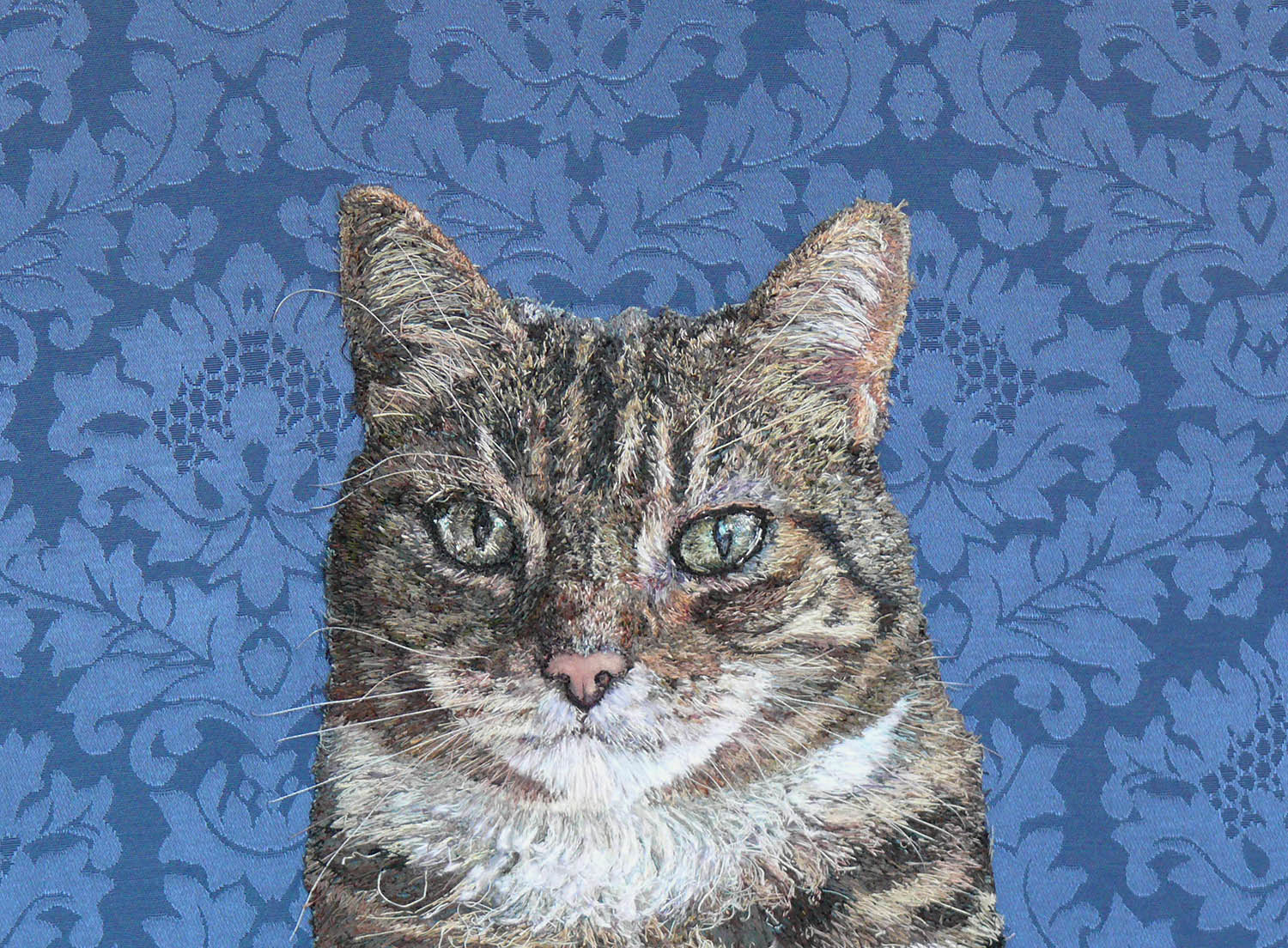
Tell us a bit about your chosen techniques and how you use them
I use my sewing machine and freehand machine embroidery as a way to paint and draw. As a reference, I use printed images and drawings.
I choose the colour range for the starting point and then begin to work my way through the image each millimetre at a time, blending hundreds of threads per piece. I apply the stitches as if they were straight, short paint strokes.
If I am working on a mixed media piece, it is more about the texture than colour. I will go to great lengths over a long period of time to find the perfect scrap of fabric for each depiction of skin and clothing. This might include searching for scraps of fabric in parks, roadsides, on beaches and in charity shops.
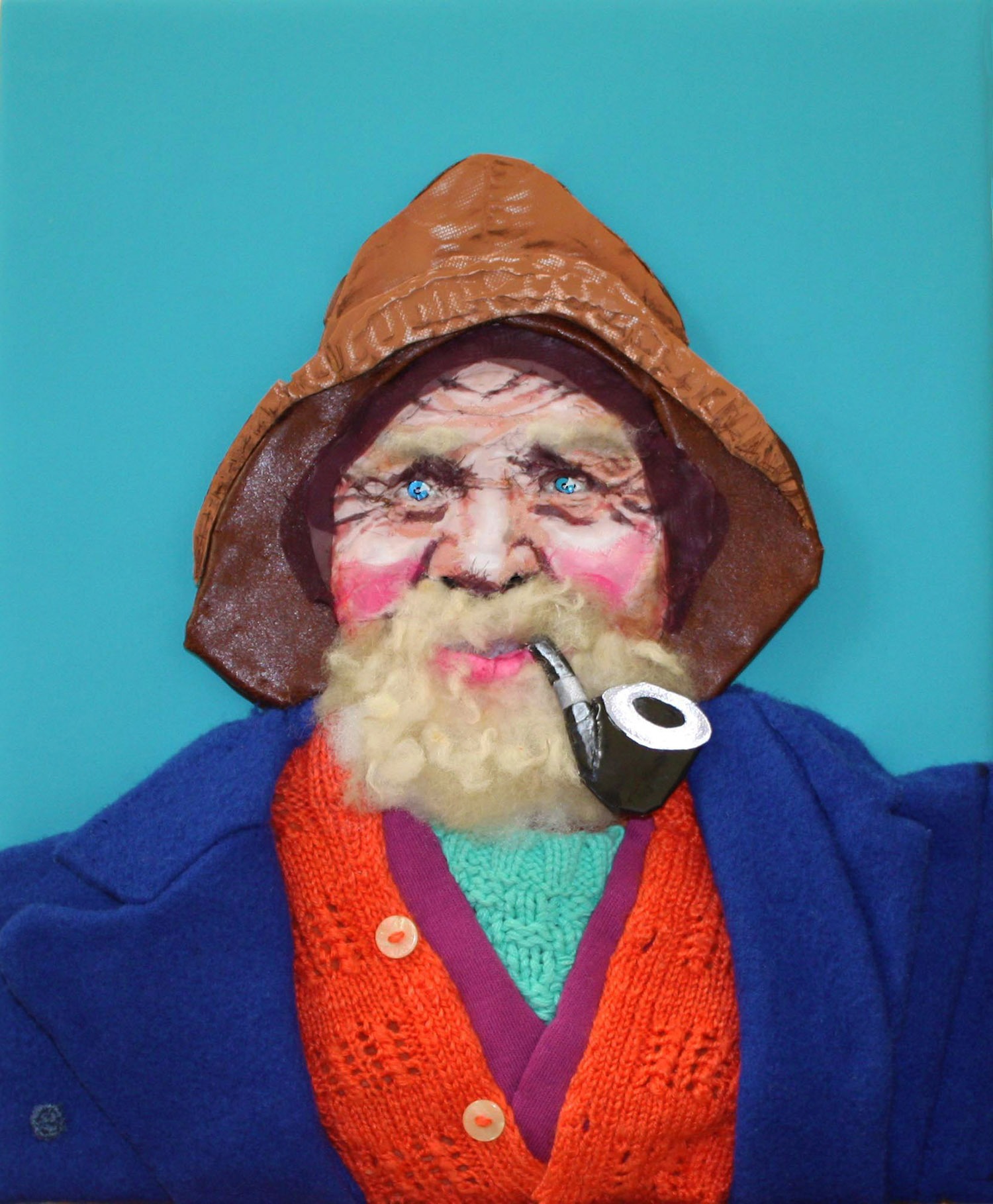
What currently inspires you?
I spend about half of my time preparing and teaching workshops. After every workshop, I feel a few centimetres taller due to my interactions with the participants. They frequently blow me away with their work and it is very special to me when they trust me enough to let go of a little of their perfectionism or limiting boundaries. Sometimes it is quite emotional. I find this utterly inspiring and a true privilege to observe.
My interest in portraiture will be with me forever and I’ll never tire of trying to attain the best likeness possible. I will always use fabric in my artwork.
When I moved house a few years ago I looked back through my archive of work and I was surprised and excited to realise that fabric has always been a prominent medium for me, despite not considering myself as a textile artist until recently. For instance, my final piece for my GCSE Textiles course was a portrait of Marilyn Monroe made out of fabric and jewels.
This year I have started walking around the streets, photographing and collecting discarded clothes/textures from the roadside, complete with tire marks or caked with so much dirt that the original item is unrecognisable.
It makes me feel disgusted when picking them up, which I think is a really good thing. As a society, we should be looking at our throwaway culture with a degree of disgust. We should question the long-term effects of our disposable lifestyles on the environment, the sociological effect and our own mental well being.
I have been using these found pieces in my work after the process of disinfecting and washing, which I also find quite difficult due to the unknown origin of the dirt. Afterwards, they may be sanitised to make them palatable and hopefully will then be turned into something attractive that people would want on their wall.
However, at the artwork’s core, the viewer is invited to consider the origins of the piece. If it makes one person look at waste and their own consumption, perhaps adjusting their own habits, then I will feel incredibly satisfied.
I have also been working for three years on a joint project with the artist Emily Tull and inspired by the fishing industry. Coming from a coastal town, it has been alarming to discover the multitude of problems facing this industry. Sadly there are only 35 fishermen left in our local area and this may be the last generation of the fishing community in the town.
For this project, I have been producing pen and ink dot drawings that I am hoping to blow up to a large scale and sew into with ropes and fishing line. I have also produced mixed media portraits created from a wide range of discarded clothing and objects, some based on vintage photographs and others from portraits of the fishermen I have had the privilege of meeting through this project.
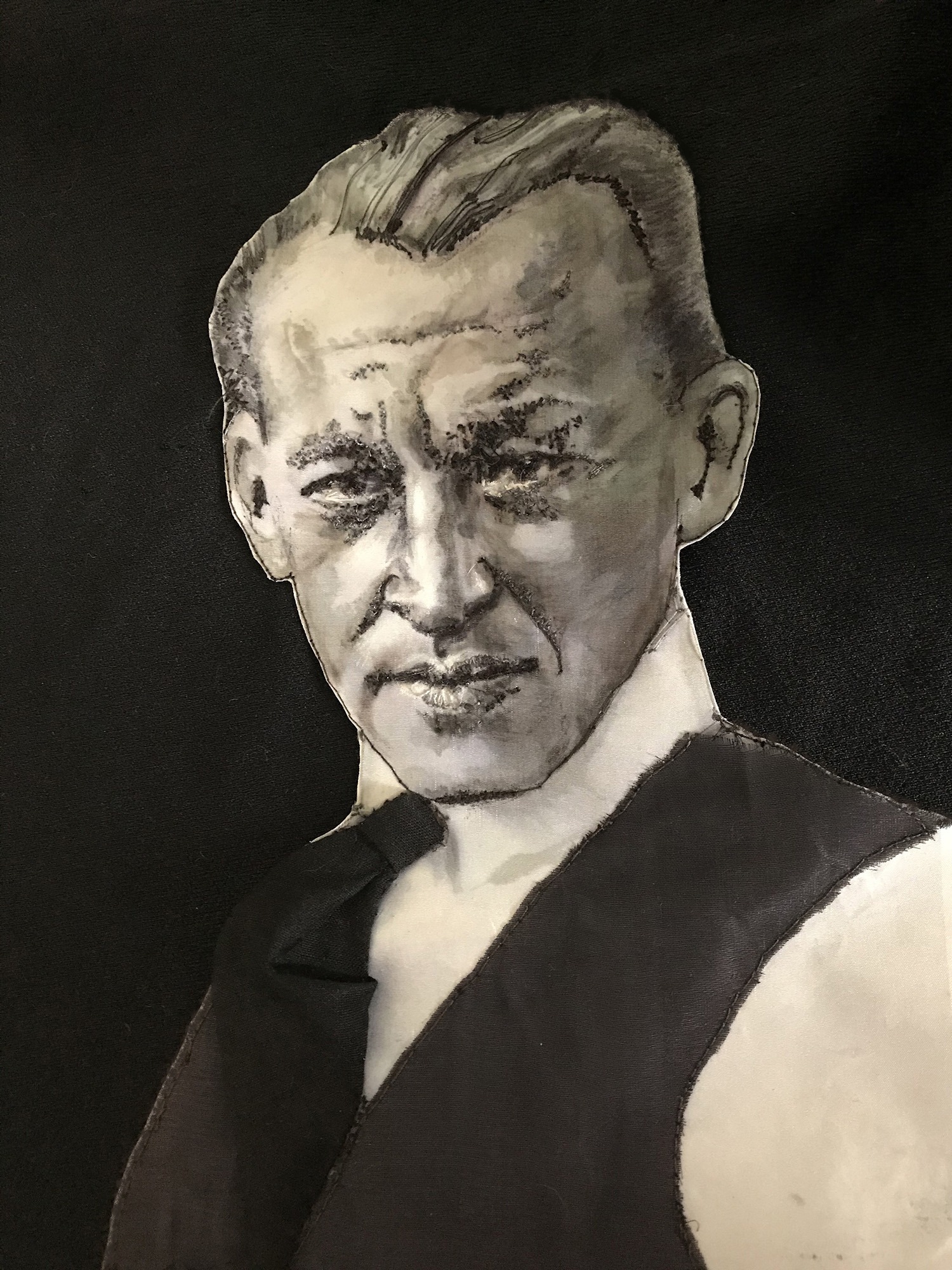
Allowing yourself the luxury of time to develop your techniques
Tell us about a piece of your work that holds particularly fond memories and why?
Last year for my Mum’s 70th birthday, I created a portrait of her father. It was a really enjoyable project to work on for me as he passed away when I was three and therefore I had little memory of him.
It was a lovely way of getting to know my grandfather as well as producing the gift of a new image of a beloved Father. He now watches over her and she said his eyes almost follow her.
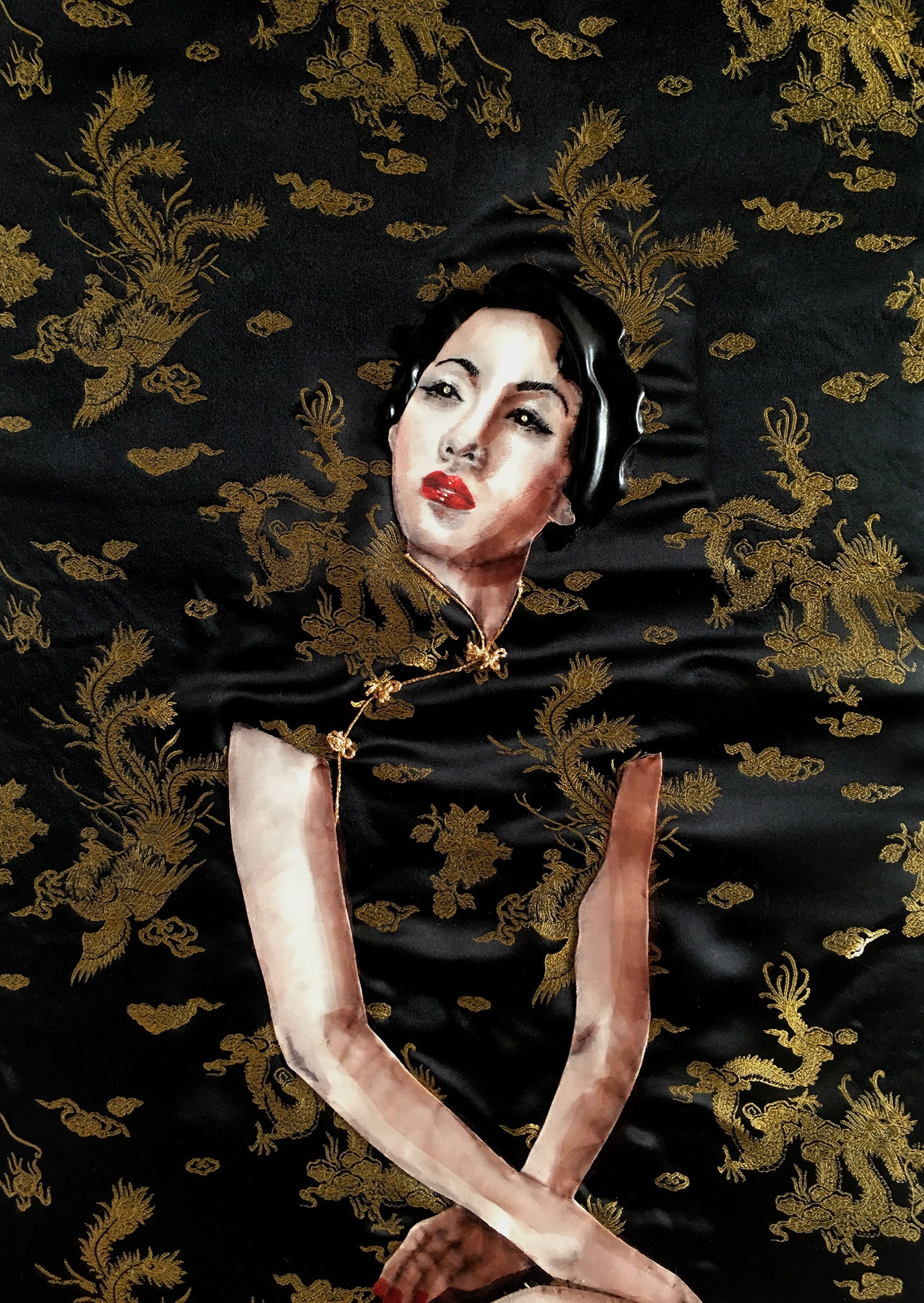
How has your work developed since you began and how do you see it evolving in the future?
My passion for drawing, utilising fabric and recreating a convincing portrait has always been there. My work has progressed immensely since its inception. Since starting my business in 2013 the finish, the accuracy and attention to detail across my work has become more consistent and improved.
I hope the evolution of my work comes from giving myself the gift of more time. I have learnt to say no to some projects sometimes, to enable me to focus on the things that really fire me up.
I heard a podcast recently that asked what would happen if you only focused on the area you excel most in. This question scared me and made my stomach churn. I need to strive towards finding my own answer to that question and act upon it.
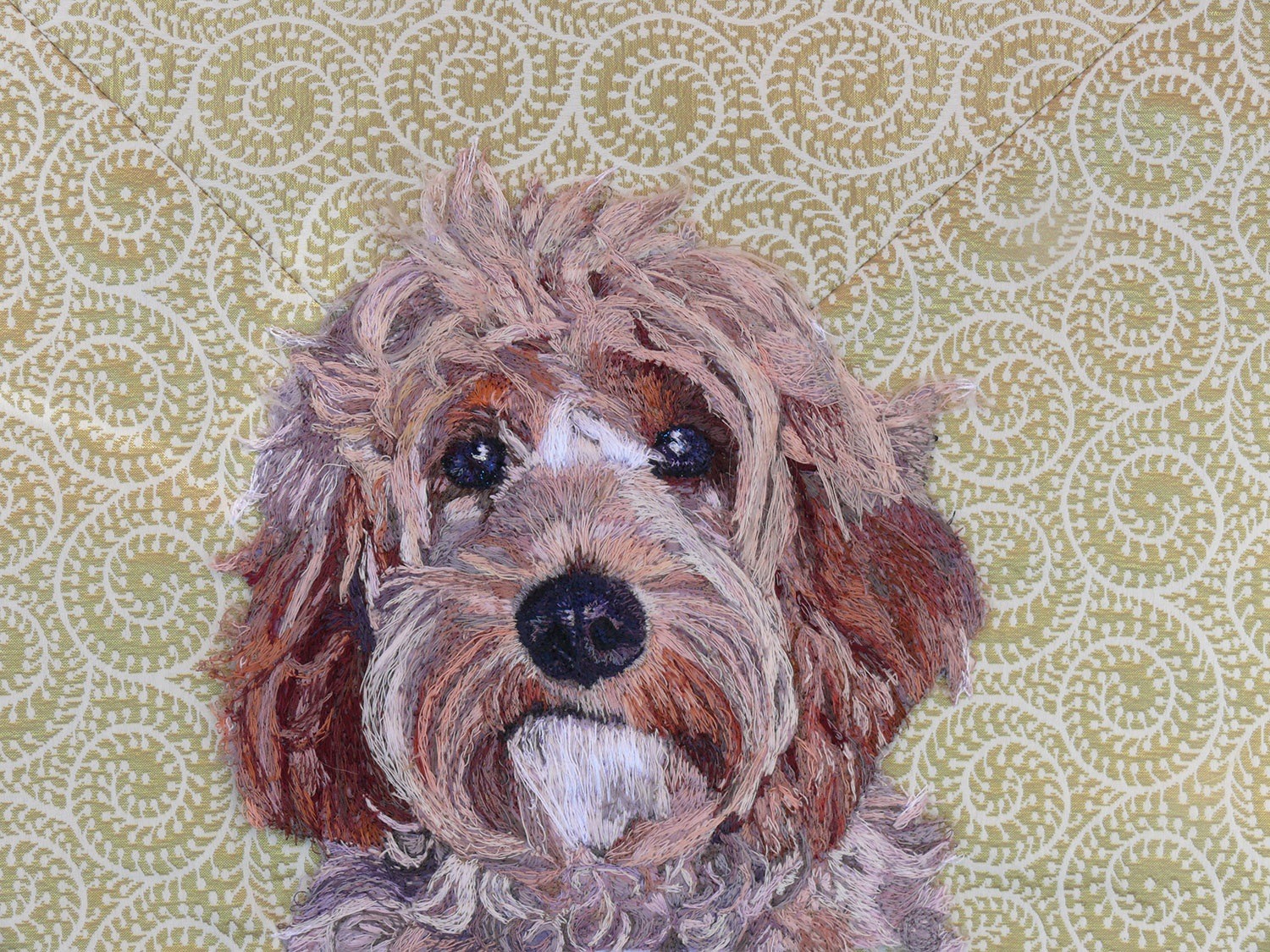
What advice would you give to an aspiring textile artist?
I believe that everyone is born with a gift. Something embedded into your DNA. When this creativity is nurtured, a unique expression that is trapped inside of us is allowed to breathe and develop.
By expressing your own unique ‘thing’, it makes you feel so much better, allowing you to become your true self. That is a wonderful gift to give yourself.
Make use of your creativity and allow others the joy of experiencing your work. It doesn’t matter if you deem it to be good enough or not. What if your creation arrives at the right time for the right person, at the perfect moment to make a difference to them?
If you have fear of creating or showing your work, use that fear to spur you on. Life is short. Don’t go through life with the music locked inside you. What’s the worst that could happen?
For more information visit www.artseacraftsea.com
If you’ve found this interview thought provoking why not share it on social media using the buttons below?
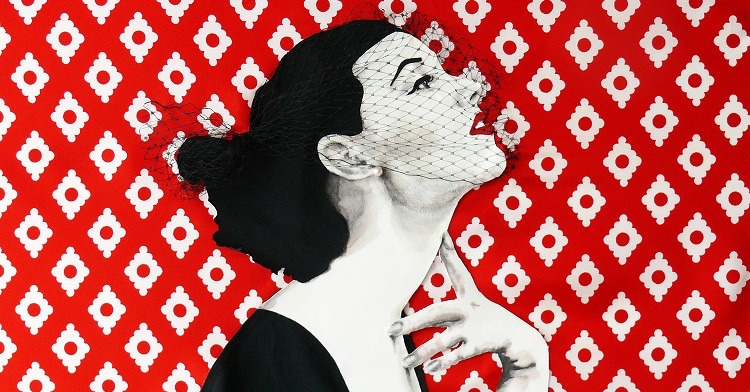
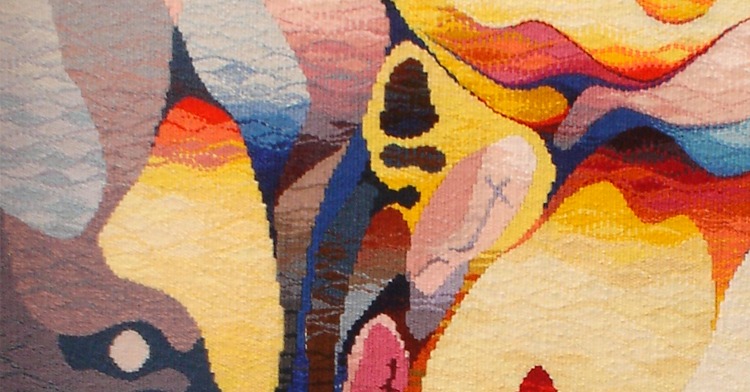
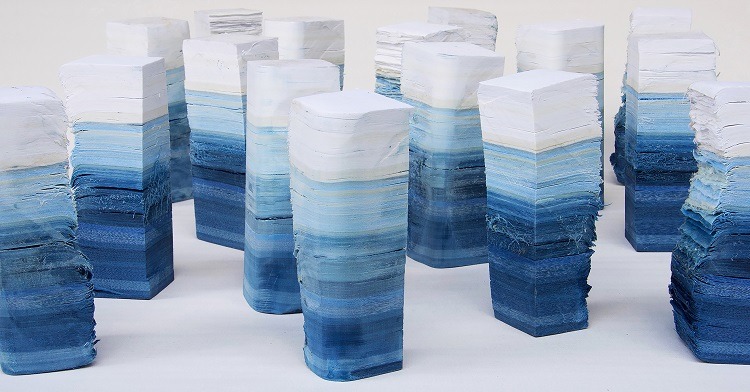
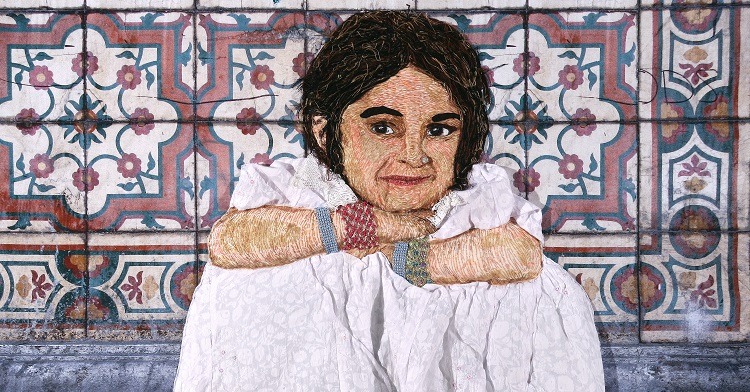
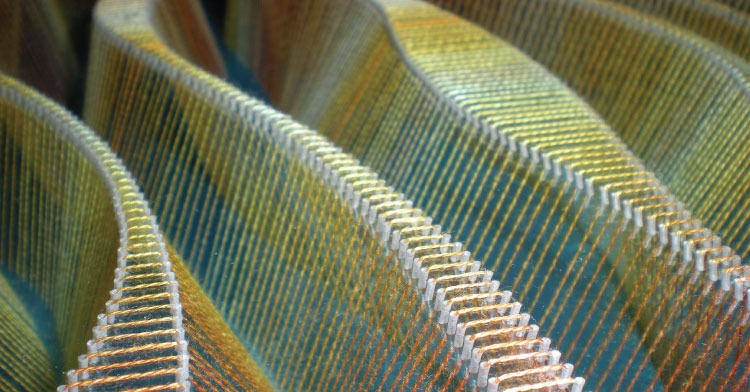
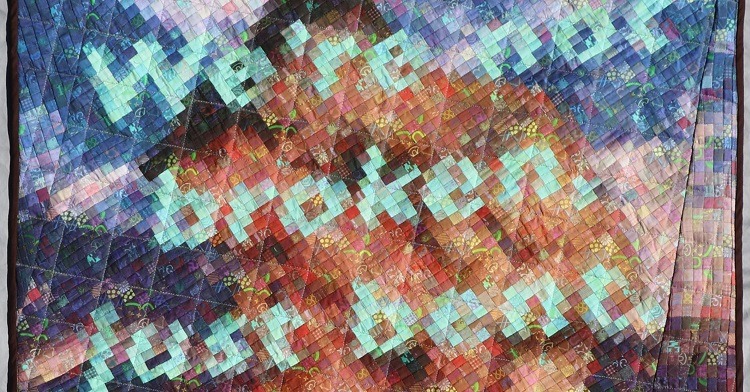
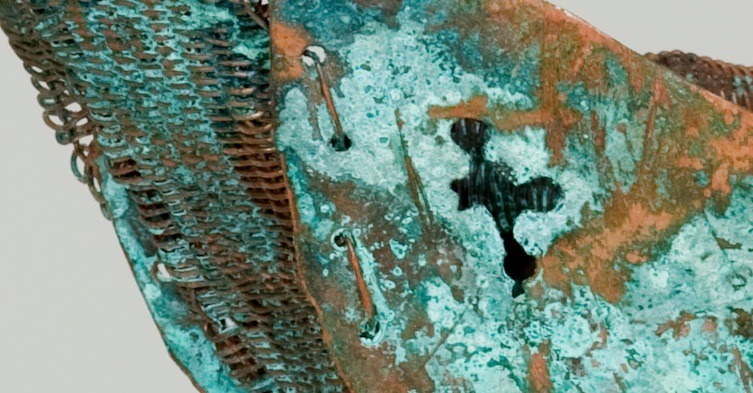
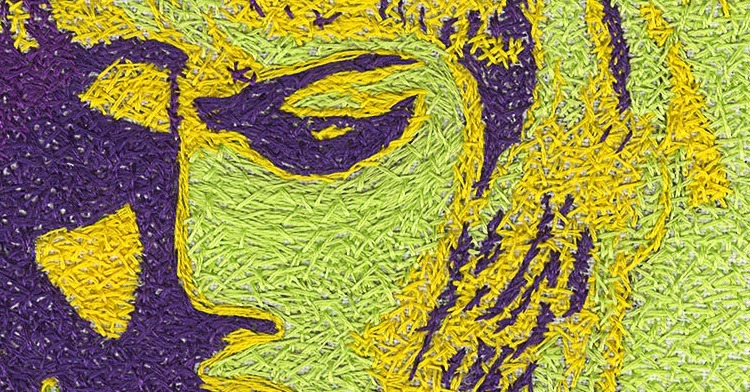
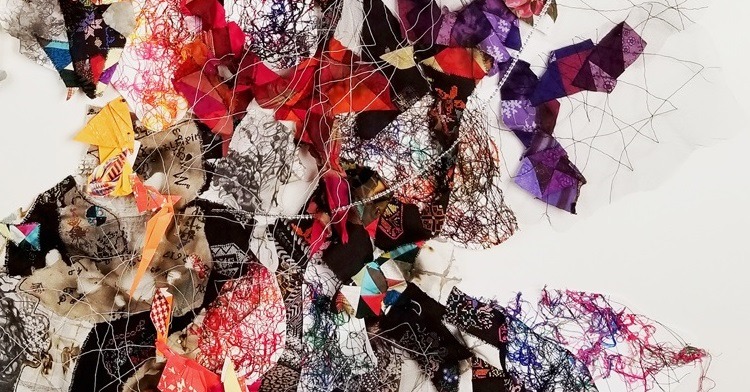
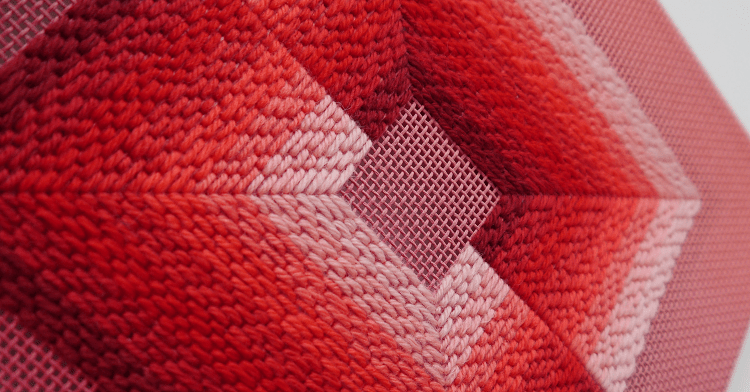
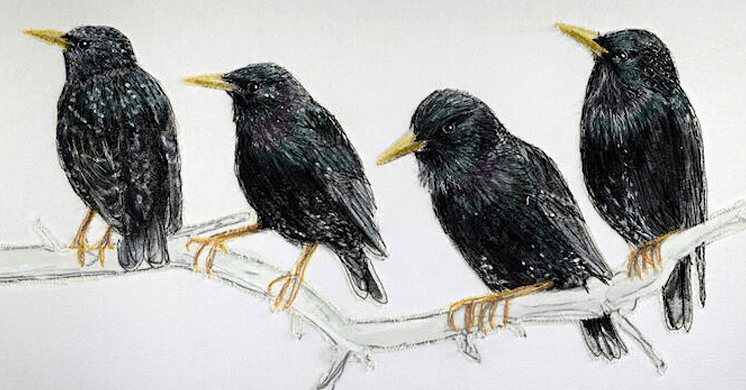
6 comments
Maria Palma
Adorei ! Força !
Regina Furtek
Stacy’s story and work are very inspiring! I’m in the process of figuring out my textile path. Thanks so much for sharing.
Karin Greenwood
Well done for finding your niche !! and making such stunning textile art.
Liz Sevy
So many of Stacy’s comments have resonated with me. I commend her for finding her way and executing her gift so beautifully! I will take this as inspiration to move forward with my craft.
Ana Windham
Very inspiring and her work is so real and beautifully executed. Wishing I meet her someday and have the opportunity to take one of her workshops.
Pat Bishop
Stacey Chapman’s use of discarded clothing she may find filthy and off the street gives a compelling example of our throw away society. She takes these disgusting pieces and washes and sanitizes them and then uses them to create stunning works of art.